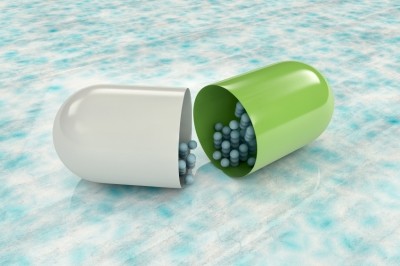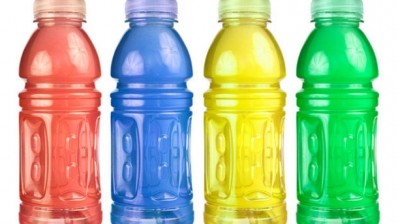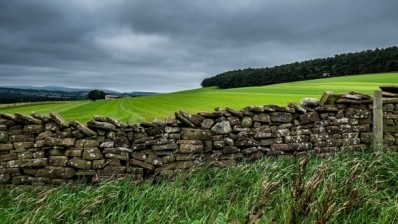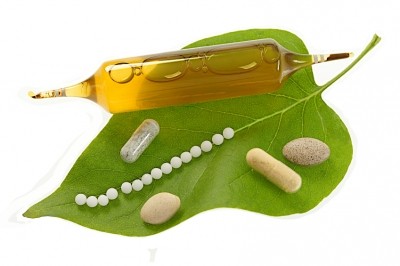Nanoencapsulation stabilises anthocyanins for food and beverage use, China researchers reveal
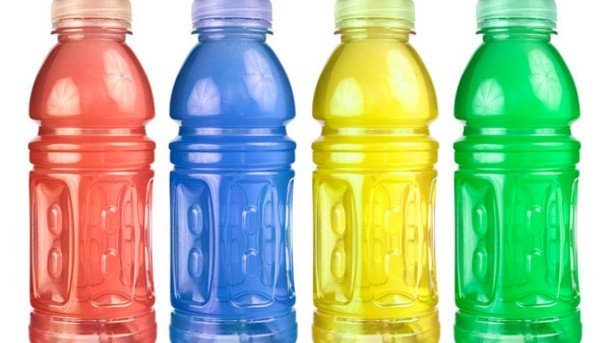
The new study, published in Food Chemistry, noted that while an increasing number of manufacturers have begun to use anthocyanins in drinks because of their properties as a natural pigment, the use of the phenolic compounds as a functional ingredient have also begun to gain interest.
“Although there is increased interest in anthocyanins in functional foods, their use as an ingredient is limited by their instability and low bioavailability,” wrote the team – led by Bo He from Anhui Agricultural University in China.
“Therefore, the challenge now is to protect such promising molecules from deterioration and to increase their bioavailability,” they commented – adding that while traditional encapsulation with chitosan has limited applications, new methods that utilise water-soluble chitosan derivatives to produce nanoencapsulates offer up new hope.
Using a combination of models that simulated beverage storage and gastrointestinal digestion, the team were able to evaluate the stability and bioavailability of anthocyanins loaded in to chitosan nanoparticles.
They found that compared to free anthocyanins, the nanoencapsulates showed slower degradation and increased stability.
“Anthocyanin-loaded chitosan nanoparticles slowed the breakdown of anthocyanins in simulated gastrointestinal fluid and improved the stability of anthocyanins in a beverage, compared to preparations containing free anthocyanins,” said Bo and colleagues.
“Therefore, anthocyanin loaded chitosan nanoparticles could potentially carry and stabilise anthocyanins for use in the food industries,” they suggested.
Study details
Bo and colleagues reported that the optimal preparation parameters to create anthocyanin-loaded chitosan nanoparticles was predicted using response surface methodology (RSM). They used a Box-Behnken design to determine the preparation parameters that would achieve the preferred particle size and high encapsulation efficiency.
“The result suggested that the optimized conditions were 2.86 mg/mL carboxymethyl chitosan (CMC), 0.98 mg/mL chitosan hydrochloride (CHC) and 5.97 mg anthocyanins,” they wrote.
Using these predicted amounts, the team prepared particles that averaged 219.5 nm with a 63% encapsulation efficiency.
“The result was less than 5% different than the predicted result of 214.8 nm particle size and 61.8% encapsulation efficiency,” they said.
Compared with a free anthocyanin solution, they found that anthocyanin-loaded chitosan nanoparticles showed slower degradation in simulated gastrointestinal fluid.
Furthermore, compared with the free anthocyanin solutions in a model beverage system, the stability of anthocyanins was increased in the nano-encapsulates.
Source: Food Chemistry
Published online ahead of print, doi: 10.1016/j.foodchem.2016.10.120
“Loading of anthocyanins on chitosan nanoparticles influences anthocyanin degradation in gastrointestinal fluids and stability in a beverage”
Authors: Bo He, et al
